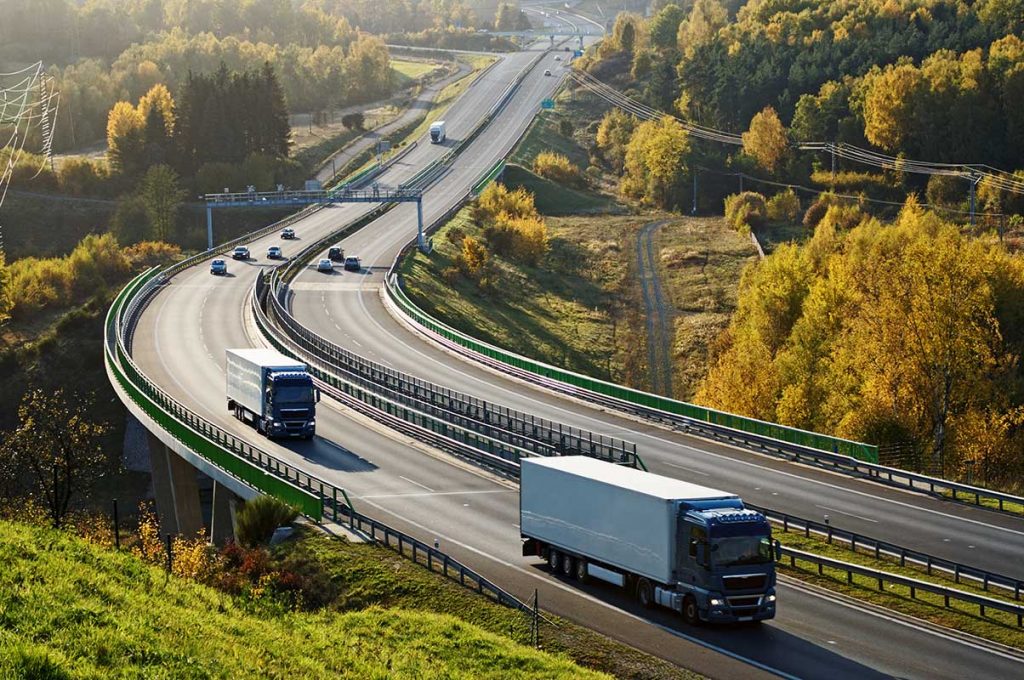
Logistics and supply chain challenges have hit the waste and recycling industry in unique ways. | Milos Muller/Shutterstock
The waste industry has been far from immune to the effects of the COVID-19 pandemic. Nearly every industry has felt it, especially when it comes to waste management and diversion. Hauling prices have increased due to inflation, demand has risen for industries to be held to greener standards, and supply chain uncertainty has created major production concerns.
Waste hauling customers are seeing their bills go up due to higher annual price increases, landfill tipping fee increases, and the high cost and scrutiny of maintaining recycling programs. The cost to run waste and recycling programs is increasing. As a result, companies are passing off these increased costs to consumers in a variety of ways.
APIs and tipping fees have increased
Graham Rihn
New surcharges, often for fuel, are now being added to waste bills. As of mid-July, diesel prices were still near $6 per gallon on average across the U.S. Several waste companies tied a “fuel surcharge” to fluctuations in the average fuel price, passing the burden on to customers. Some waste companies are tying this charge to their annual price increases (APIs). The more fuel costs a company, the more customers will be paying.
As with many sectors, waste companies are having a hard time keeping up with the demand for their services. From inflation causing the price of doing business to skyrocket to the lack of greener options, waste haulers are struggling with demands for their services and solutions they don’t offer. Landfill tipping fees are higher and recycling sorting facilities are often understaffed. Many recycling programs have been halted altogether due to costs and staffing shortages.
Demand for greener options
Waste management can mean more than simply ensuring pick ups are completed. Diving deeper into right-sizing containers for more efficient pick-ups can also make a big impact. By reducing the number of times a waste hauler needs to visit their location, companies can also reduce the associated carbon footprint. With current garbage trucks only getting around three miles per gallon, making sure those trips are worth it is a great start. That can mean ensuring the bin is appropriately full when a pick-up occurs and is not halfway there or bursting out the top.
Behavioral change is another important factor to consider when searching for ways to be a greener company. By reducing contamination in recycling bins, companies can avoid the charges that can accompany contaminated items and ensure that more materials are being diverted from their trash bins.
Pricing realities
With the pandemic accelerating interest in sustainable corporate goals, companies like Patagonia, Ikea, Apple and Proctor & Gamble have announced pledges to use more recycled material. Lingering supply chain problems and shortages of truck drivers have companies looking to purchase nearby bales of plastic instead of waiting to get virgin material.
Sharply rising oil and ocean freight prices are also factoring in. All of this caused prices for recycled materials to soar last year and into this year, though it is true we’ve some cooling of prices of late.
Ultimately, increased demand for recycled material is good for recycling programs because they see better margins. This is also keeping these materials out of landfills. The question is whether this demand will be short-lived or if it represents a momentum that can be kept up for years to come. This remains to be seen, and some of the prices for these materials are already falling.
What can we do?
As the push for sustainability continues, industries will likely see many key tenets of these types of sustainability initiatives becoming requirements rather than luxuries. Clear reporting will not simply be a selling point, it will be a necessity.
There’s more we can do in the meantime to jumpstart our green initiatives and combat the pricing increases.
First, we could start recycling programs with proper education and signage. Next, we could right-size our waste bins for efficient pick-ups. Third, we might explore greener packaging materials, such as recycled plastics and compostable wrappings. Fourth, we should investigate cleaner hauling alternatives – garbage trucks are not your only option. Finally, we must understand what we are being charged by waste haulers and find out why.
Finding a better way to do waste management is not impossible. Service interruptions and missed pick-ups are not going to get us to a zero-waste future. However, traditional haulers may find themselves without enough drivers to meet demand. As inflation and price increases continue to be an industry-wide challenge, it will be vital for us to explore new ways of hauling, making and reporting.
Graham Rihn is the founder and CEO of RoadRunner Recycling, which is headquartered in Pittsburgh, Pennsylvania.
The views and opinions expressed are those of the author and do not imply endorsement by Resource Recycling, Inc. If you have a subject you wish to cover in an op-ed, please send a short proposal to news@resource-recycling.com for consideration.